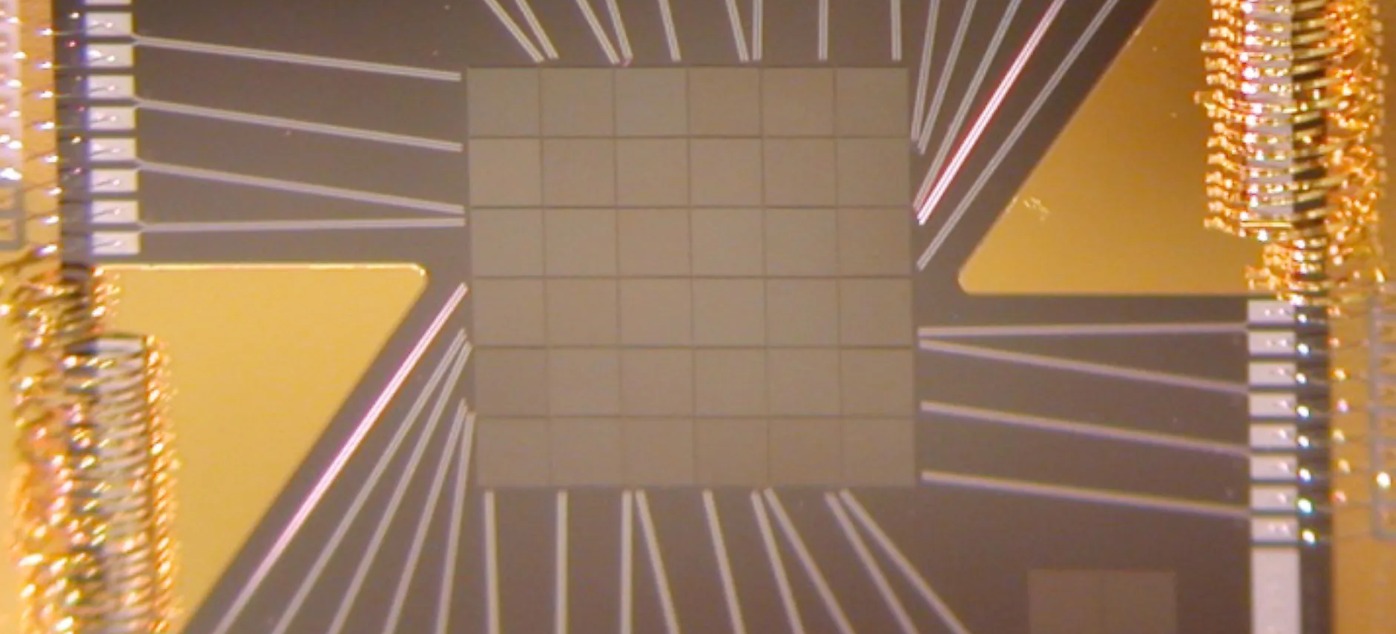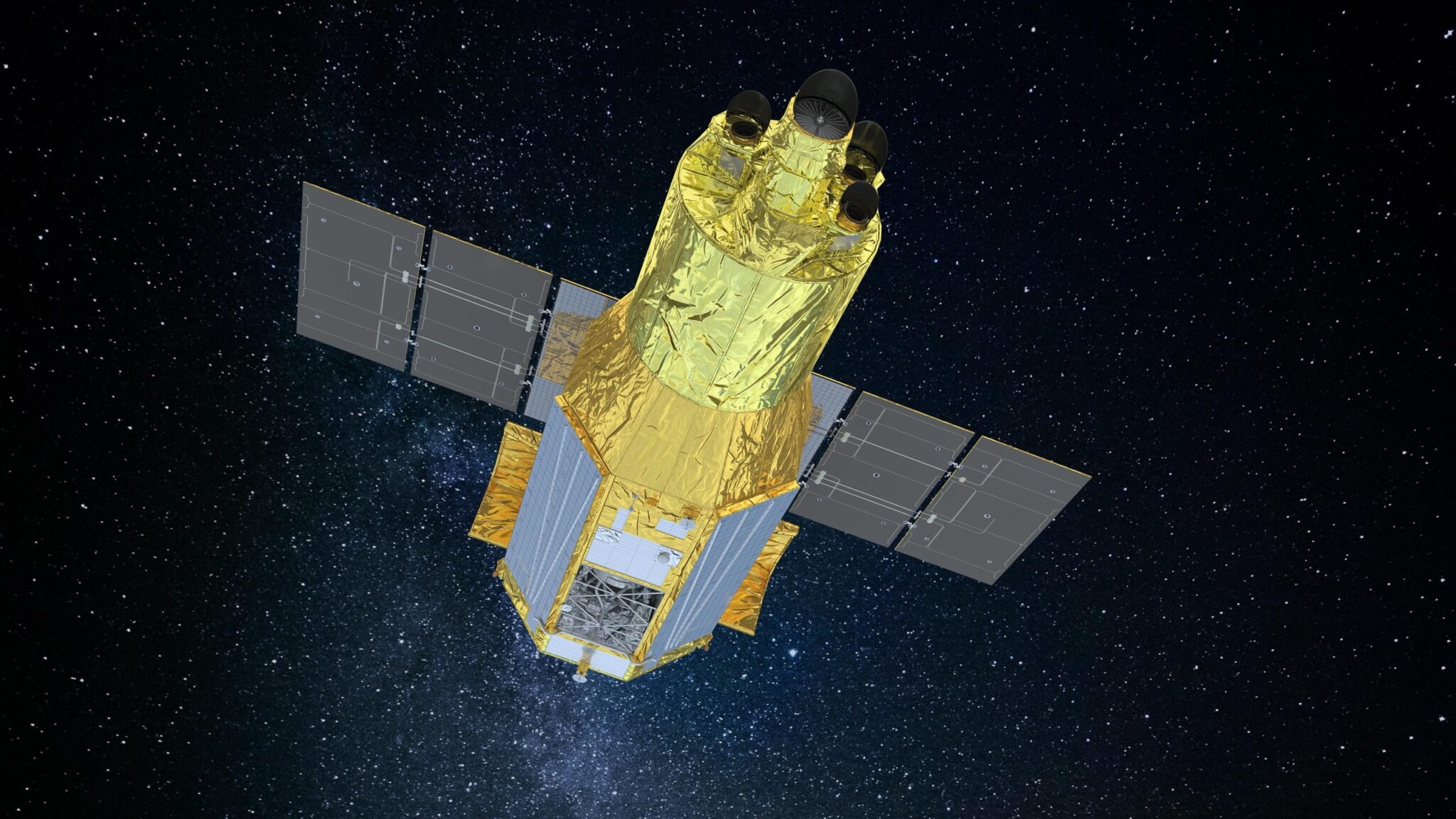We enjoy the spectacular photos of the James Webb Space Observatory thanks to its 122 megapixel photosensors of the MIRI, NIRSpec and NIRCam infrared instruments. However, NASA’s newest telescope takes a different approach, carrying out revolutionary research with just 36 pixels. No, this is not a mistake – 36 pixels, not 36 megapixels.
XRISM (X-Ray Imaging and Spectroscopy Mission) is a joint effort between NASA and the Japan Aerospace Exploration Agency (JAXA). The XRISM satellite was launched into orbit in September 2023. Since then, it has been exploring space in search of answers to some of the most difficult scientific questions. An interesting feature of the spacecraft is its Resolve image sensor, which has a resolution of 36 pixels.
“Resolve is more than a camera. Each of its 36 pixels is measuring tiny amounts of heat delivered by each incoming X-ray, allowing us to see the chemical fingerprints of elements making up the sources in unprecedented detail,” explains Brian Williams, a researcher at the XRISM project.

Equipped with an extraordinary set of pixels, the Resolve instrument can detect “soft” X-ray radiation, the energy of which is about 5,000 times the wavelength of visible light. Its main focus is on exploring the hottest cosmic regions, the largest structures, and the most massive celestial objects such as supermassive black holes. Despite the limited number of pixels, each of them is extremely important, capable of generating a huge range of visual data covering the energy range from 400 to 12,000 electron volts.

NASA says the instrument can capture the movements of elements inside an object, offering a three-dimensional perspective. The gas moving towards us radiates slightly more energy than usual, whereas the gas moving away from us radiates slightly less energy. This opportunity opens up new ways for scientific research. For example, it allows scientists to understand the flow of hot gas in galaxy clusters and carefully track the movement of various elements in the remnants of supernova explosions.
Earlier, we reported on how the first photos of the XRISM X-ray telescope revealed the secrets of the invisible universe.
According to techcrunch.com
Follow us on Twitter to get the most interesting space news in time
https://twitter.com/ust_magazine


